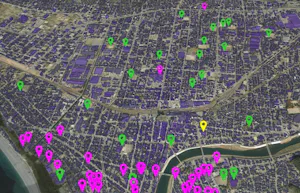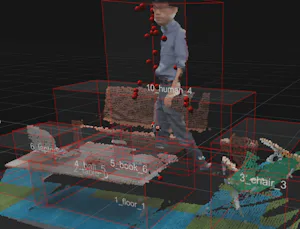Human, Activity and Environment Sensing
We are researching methods to estimate and utilize various states of the human body, including deep body temperature, by analyzing data obtained from smartphones, LiDAR, and wearable sensors.
Mental/Health-care・Smart Aging
In recent years, the development of wearable sensors has made it possible to easily collect a variety of biological data. We are studying how to collect these biometric data in various environments, such as sports gyms and universities, and use them to improve the estimation of deep body temperature using wearable sensors, to detect signs of heat stroke, and to estimate stress levels.
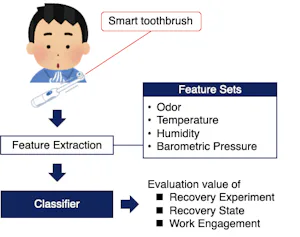
洗面行動のモニタリングによる疲労回復度推定
疲労回復度推定, スマート歯ブラシ
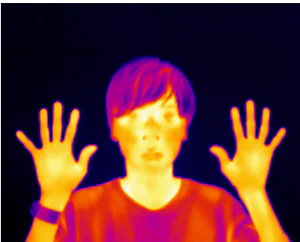
Dynamic Offset Correction for Smartphone Thermal Cameras Using a Wristband Sensor
Thermal camera, Smartphone, Offset correction, Wearable sensor
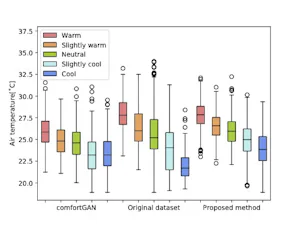
Data Balancing for Thermal Comfort Datasets Using GANs
Machine learning, Generative adversarial networks, Data balancing
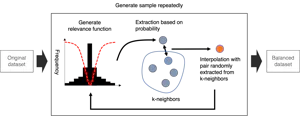
Time-Series Physiological Data Balancing for Regression
Machine learning, Imbalanced Dataset, Data balancing, Time-series data
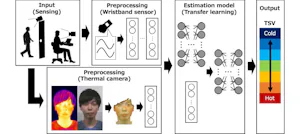
Estimation of Thermal Sensation Based on Machine Learning via Physiological Sensing
Machine learning, Transfer learning, Thermal camera, Wearable sensor, Thermal sensation, Time-series processing, Image processing
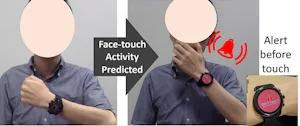
Smartwatch-based Face-touch Prediction Using Deep Representational Learning
Face-touch, Activity Recognition, Smartwatch
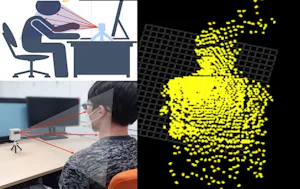
3D Point Cloud-Based Sitting Posture Recognition Using Deep Learning
sitting posture, object detection, point cloud, deep learning

Body Part Detection from Neonatal Thermal Images Using Deep Learning
premature infants/thermal images/parts detection/temperature extraction/deep learning
Ultra-low power Artificial Intelligence
In recent years, various wearable devices have become popular and are expected to be used for applications such as monitoring the elderly and healthcare. To solve this problem, we are trying to improve the sensing performance by coordinating multiple environmental sensors driven by environmental power generation, while eliminating the need for recharging.
It has been found that the power consumption for sensor coordination can be significantly reduced by using backscatter communication, which has been attracting attention recently. We propose a new method of sensor coordination based on the backcatter communication method. In this research, we are cooperating with these environment-generating sensors and implementing a classifier that has been trained by machine learning in a microcontroller to estimate the movement status such as "walking" or "riding a bus or train.
We are also working on distributed execution of deep learning in wireless sensor networks. In wireless sensor networks, if the microcontrollers attached to the sensors become more sophisticated and power-efficient, it will be possible to realize an autonomous intelligent sensor network in which tasks such as learning, anomaly detection, and judgment, which were previously performed in the cloud, are offloaded to the sensor network and can be efficiently performed in a location close to where the data is generated. Intelligent sensor networks can be realized.
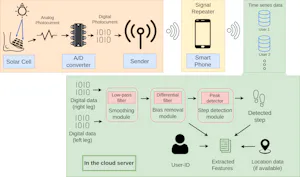
Energy-Free Sensing and Context Recognition through Photovoltaic Cells
Step counting, Localization, User identification, Energy harvesting, energy-free sensing
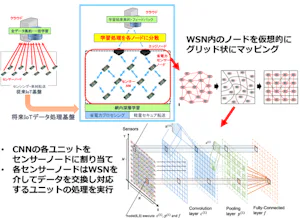
MicroDeep: In-network Deep Learning by Micro-sensor Coordination
distributed deep learning, ultra-low power AI
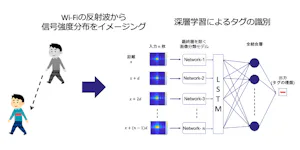
Identification of Conductive Tags Based on Radio Reflection Patterns Using LSTM
Target Identification, Wi-Fi Imaging, Wireless Sensing, Deep Learning
Sports Sensing
In recent years, the big data in various sports has been utilized to improve the performance of players and to create advanced tactical plans.
For example, we are working on a play-scene recognition using soccer tracking data, and player position estimation during wheelchair basketball using 9-axis sensors (3-axis acceleration, 3-axis angular velocity, and 3-axis geomagnetism). In the position estimation, the displacement and direction of each player are estimated for each unit of time and the trajectory of each player's movement is derived from the data obtained from the sensors attached to the bottom of the wheelchair and the axles of both wheels and the wheelchair shape measured in advance.
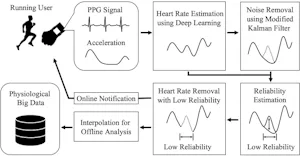
Reliability Estimation of Heart Rate Measurement Using Wrist-Worn Devices
Heart rate, Reliability, Wrist-worn device, Running
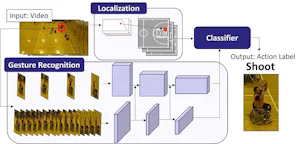
Localization Focusing on Human Poses Using a Single Camera Towards Social Distance Monitoring During Sports
車椅子バスケットボール, 行動認識, スポーツセンシング
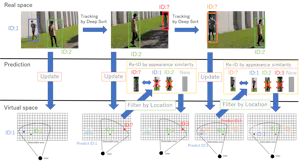
Video-based Human Tracking Robust to Dynamic Camera Position and Orientation Changes
AR, Person Re-ID, 深層距離学習
Wireless Sensing
We are studying localization and behavior estimation using Wi-Fi radio waves.

For example, we use Wi-Fi radio waves to identify people and objects by spatially capturing the reflection strength. Focusing on the fact that the reflection of radio waves has different characteristics depending on the material of the object, we attach tags to people and objects that are made of different materials with different radio wave reflection characteristics and are arranged separately for each object. The receiver captures the intensity of the reflected waves in two dimensions and identifies the object by reading the arrangement of the tags. In this way, even when there are multiple objects, each can be identified.
We are also developing tags that use a technology called Backscatter, which is an ultra-low-power communication technology that switches between two states, like the reflection of a mirror, to influence the surrounding radio waves and vice versa. By attaching tags to people and objects, each tag generates a different variation of radio waves, thereby separating the effects of multiple objects. Furthermore, by acquiring a time-series of the variations of multiple reflected waves, we can recognize the surrounding situation, such as "person A and person B are having a conversation" or "person C is watching TV," based on the positional relationship of specific people or objects. We are also exploring new approaches to wireless sensing. For example, by switching the switch on and off in response to a person's movement, we believe that it will be possible to monitor the elderly in medical and nursing care facilities without the need to change the batteries of sensor devices.
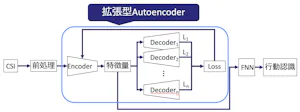
Environment-Independent Wi-Fi CSI Activity Recognition Method Based on an Extended Autoencoder
Wi-Fi CSI, Autoencoder, Activity Recognition, Environment-Independent

Environment-Agnostic In-home Human Activity Recognition Using Wi-Fi Signals
Environment-Agnostic In-home Human Activity Recognition Using Wi-Fi Signals
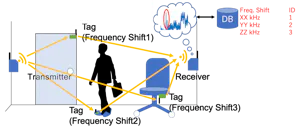
Backscatter Tag Detection Method Using Sinusoidal Frames towards Wi-Fi Sensing
Wi-Fiセンシング, Backscatter
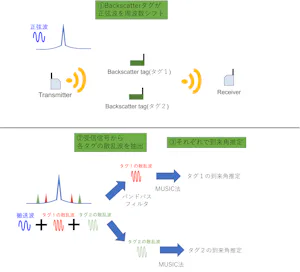
Performance Evaluation of Angle of Arrival Estimation by MUSIC Method Using Backscatter Tags
Backscatter, Wi-Fi

Identification of Conductive Tags Based on Radio Reflection Patterns Using LSTM
Target Identification, Wi-Fi Imaging, Wireless Sensing, Deep Learning
研究テーマ一覧
